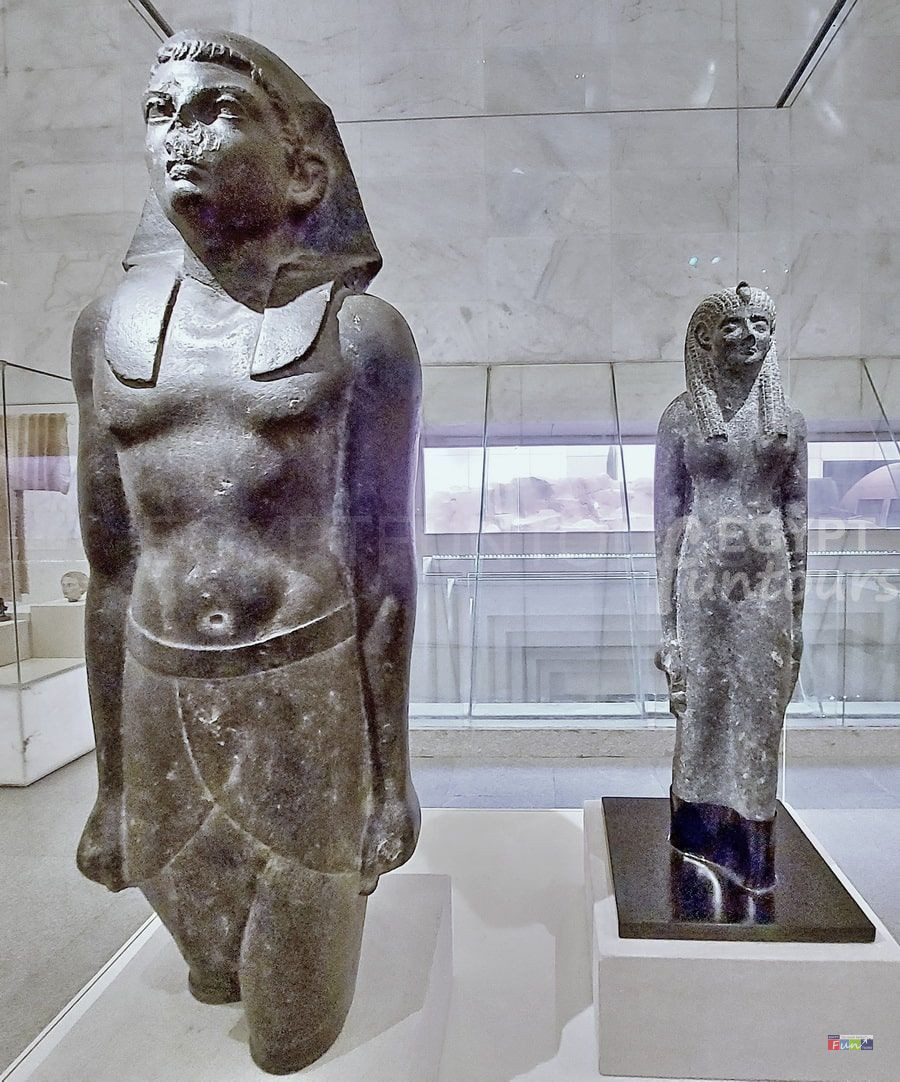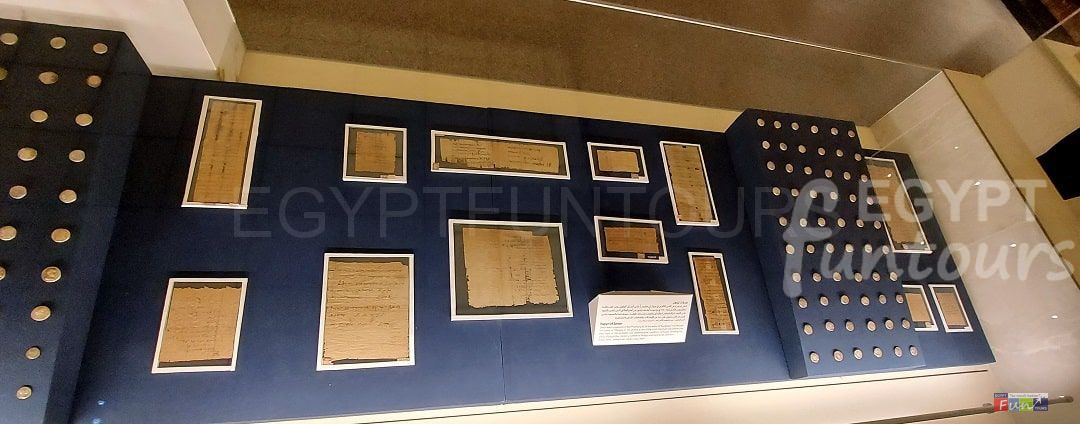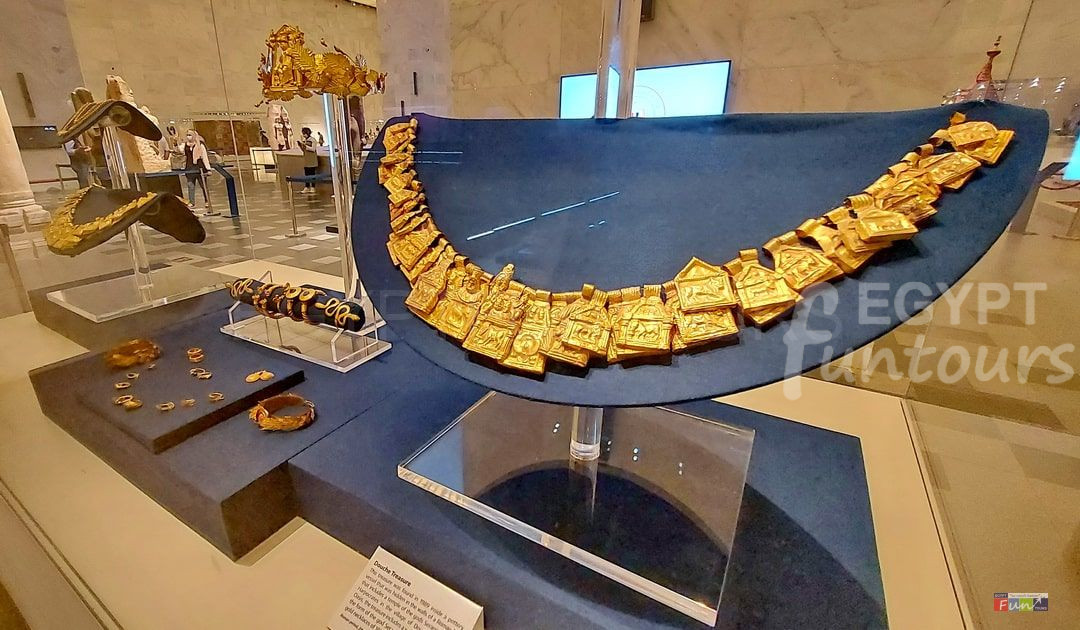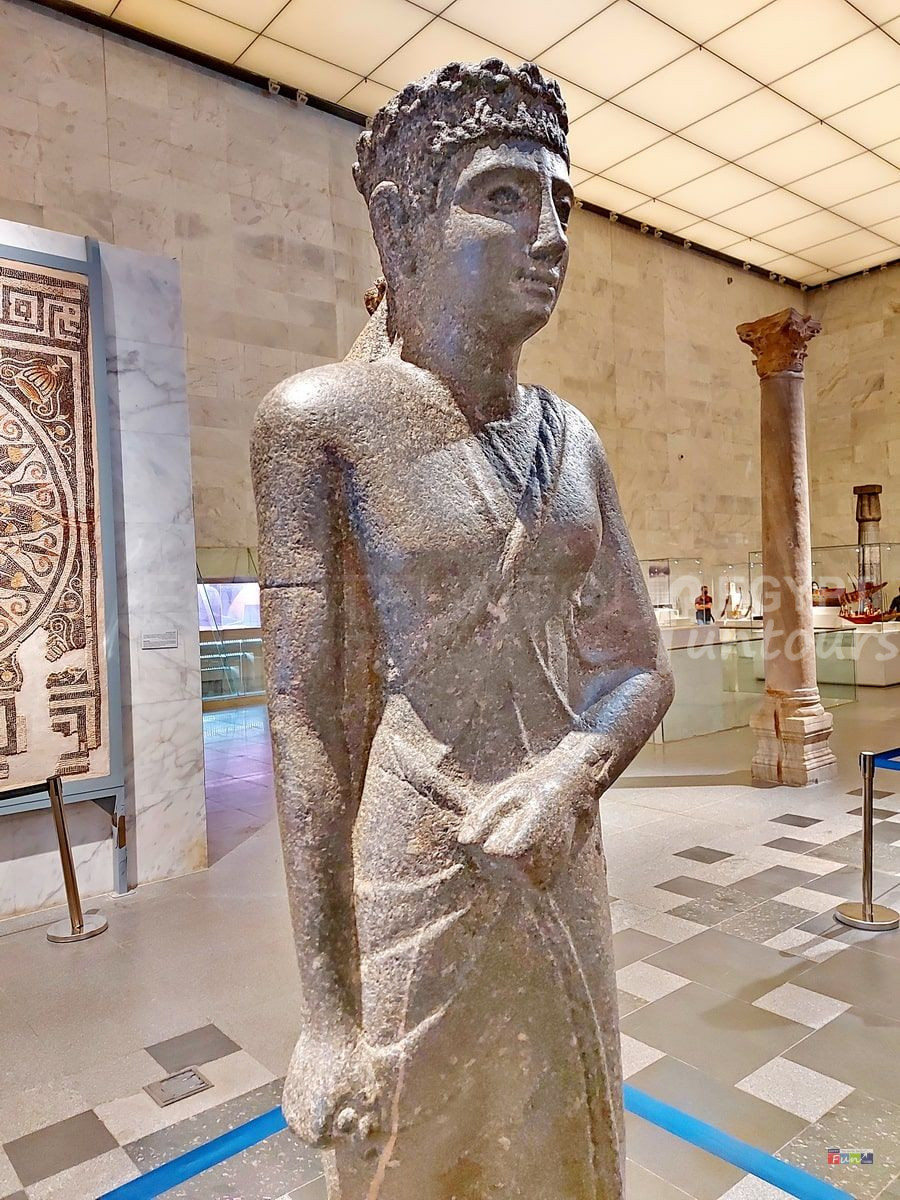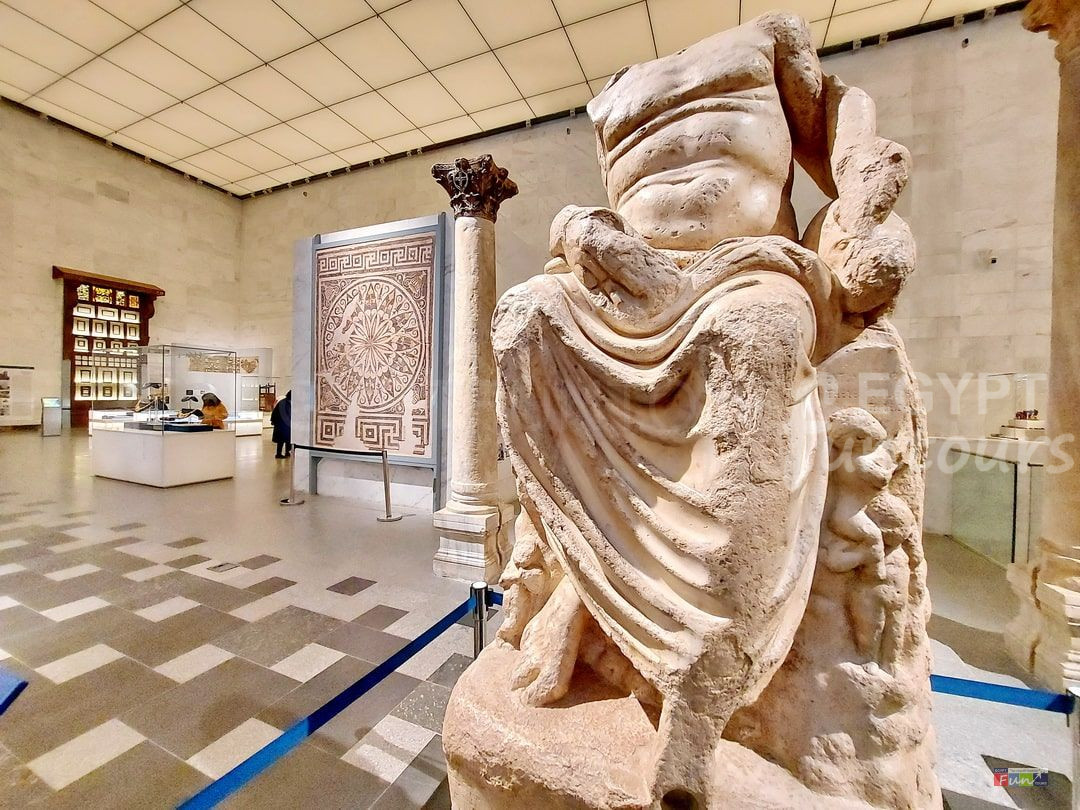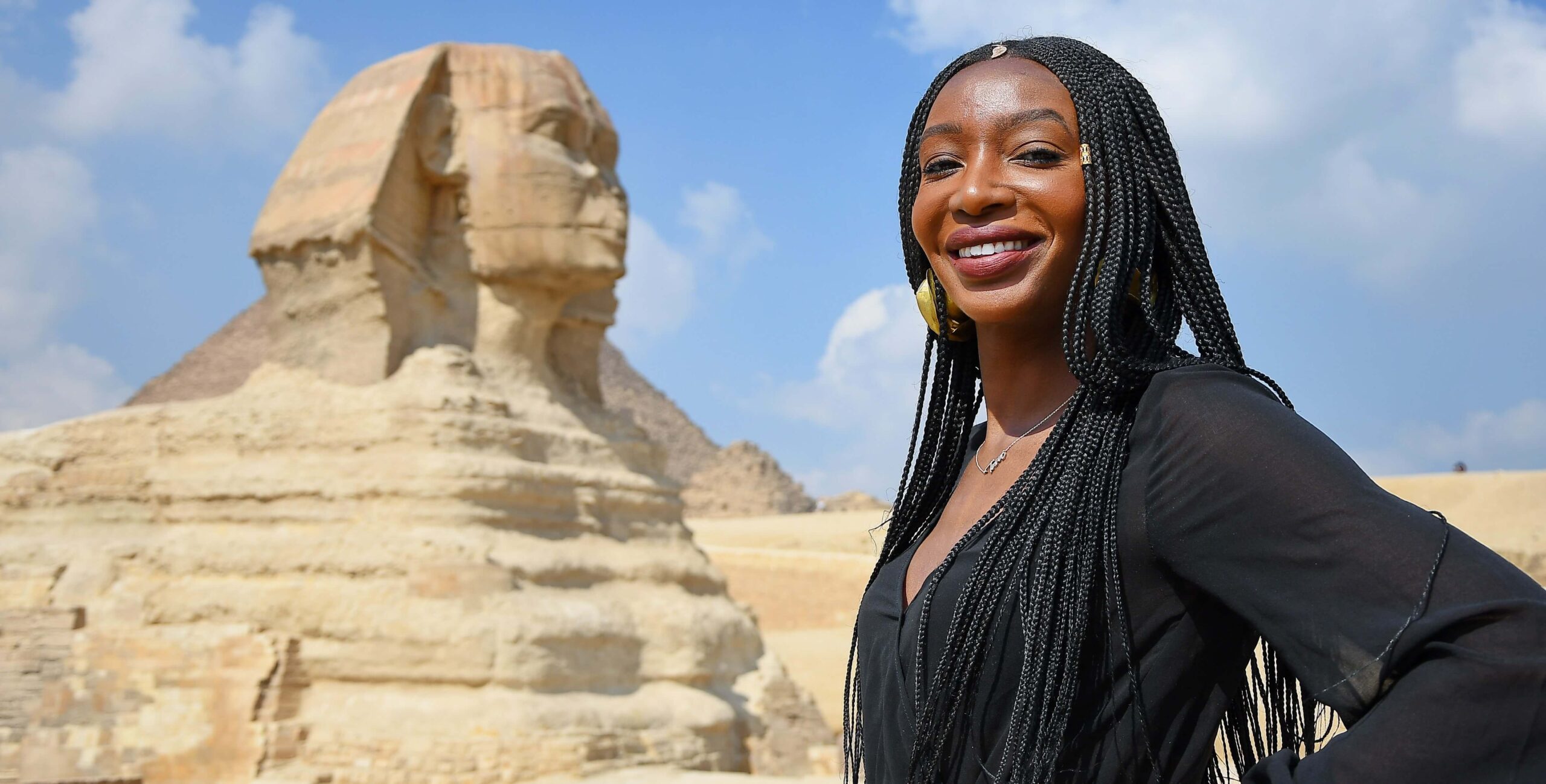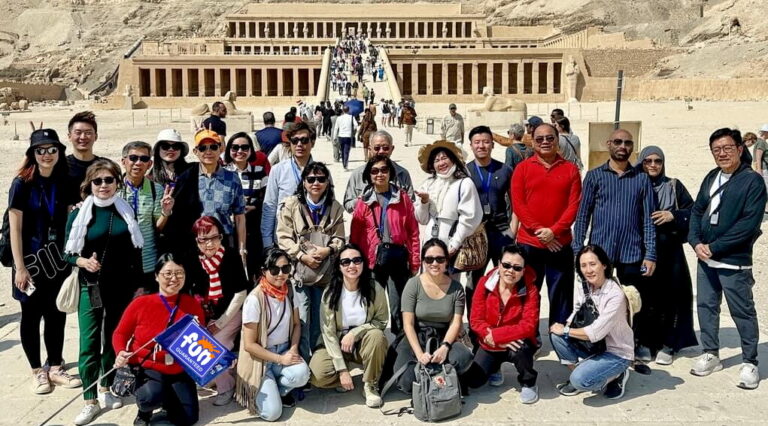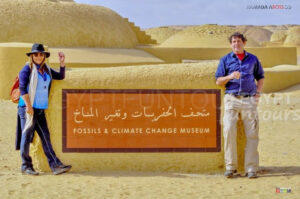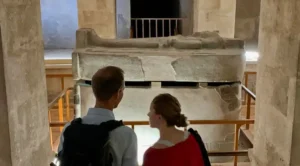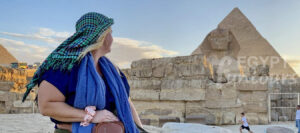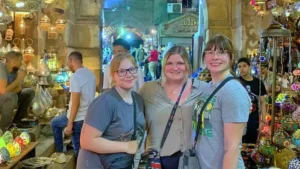Greco-Roman Period 332 BCE – 641 A.D.
When Alexander the Great conquered Egypt in 332 BCE, he made it a part of Hellenistic culture. Ptolemy I, one of Alexander’s key leaders, then ruled the country. In 305 BCE, Ptolemy I declared Egypt an independent Ptolemaic state. During this time, many cultural changes occurred as they established Alexandria as Egypt’s capital.
Alexandria quickly became a global hub for science, culture, and the arts in the Mediterranean, largely due to its famous library and museum. The city also built the Lighthouse of Alexandria, one of the seven wonders of the ancient world. They reconstructed Egyptian temples such as those at Philae, Edfu, and Dendara . Economically, agriculture prospered as people developed advanced irrigation technologies like water wheels and drums. Trade and manufacturing, including weaving and papyrus production, also flourished.
The Roman era in Egypt had two periods: the Roman Imperial period (30 BC – 330 AD) and the Byzantine period (330 – 641 AD). Alexandria remained the capital, and people knew it for its theaters, gymnasiums, and public baths. The art of drawing and painting, especially portraiture, advanced dramatically. They transformed Egypt into a food storage and distribution center for the Mediterranean countries.

